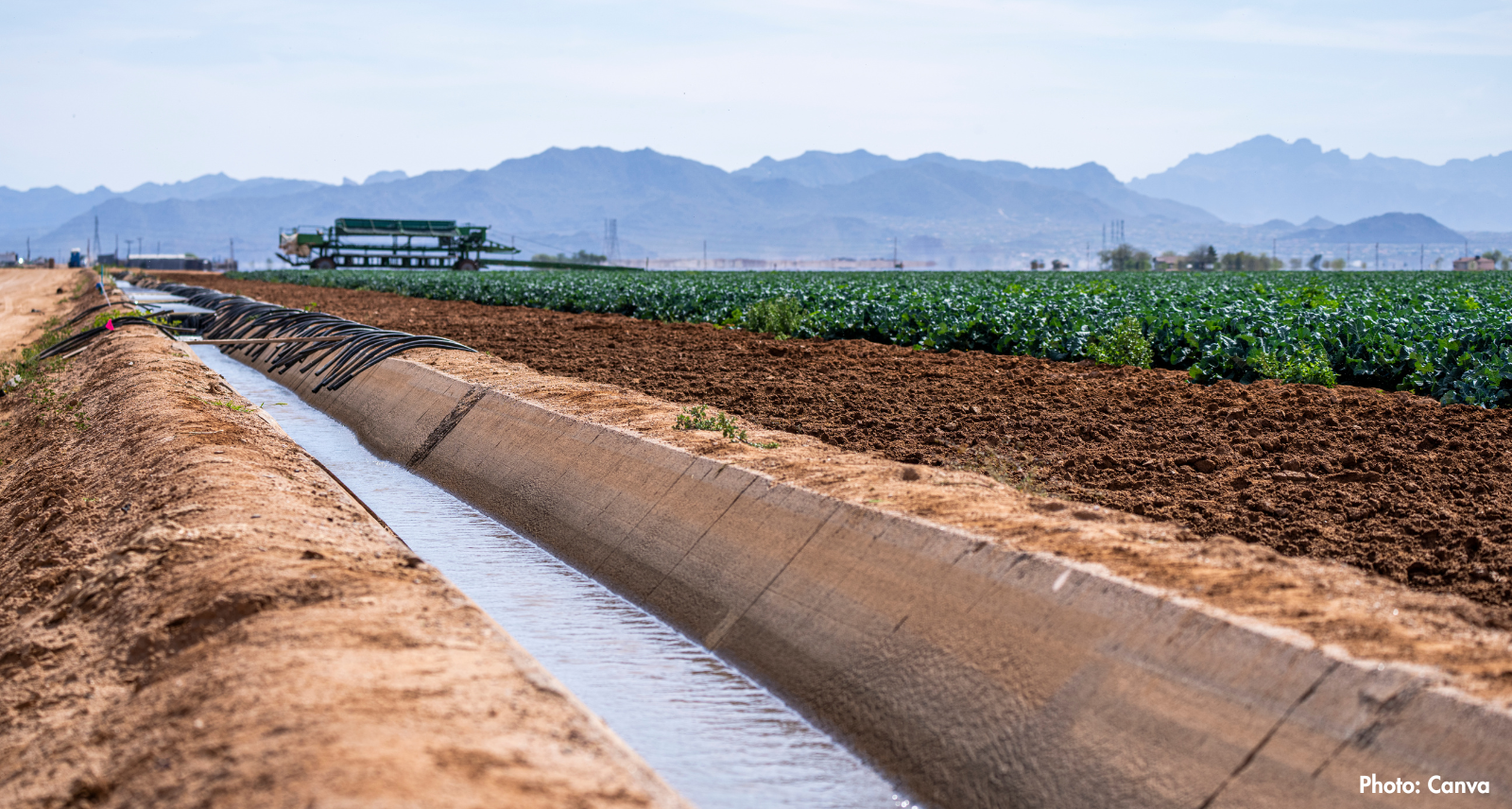Blogs

Across sub-Saharan Africa, the growing demand for food has driven an increase in irrigation farming practices. However, this agricultural approach aimed at boosting crop yields has raised concerns about the potential spread of vector-borne diseases like malaria, schistosomiasis, lymphatic filariasis, and dengue fever. The stagnant water bodies created by irrigation schemes provide ideal breeding grounds for disease-carrying mosquitoes, snails, and other vectors. These diseases pose a significant public health threat while also exacerbating poverty by reducing agricultural productivity and workforce capacity. Addressing vector-borne diseases in irrigation areas is crucial for improving health outcomes and economic development.
To this end, experts from the African Institute for Development Policy (AFIDEP) and Kamuzu University of Health Sciences (KUHES) conducted a systematic review to better understand the effectiveness of different interventions in managing and controlling VBDs in irrigation areas in sub-Saharan Africa (SSA). The review, published in PLoS ONE and titled “Vector borne disease control interventions in agricultural and irrigation areas in sub-Saharan Africa: A systematic review”, revealed a variety of interventions currently being employed to control VBDs in irrigation areas across SSA.
Larval source management (LSM), which targets mosquito breeding sites, reported mixed results. While it successfully reduced vector abundance by targeting their aquatic stages, this did not always translate into a proportional reduction in disease cases when used as a standalone intervention. However, LSM can be an important supplementary measure when combined with core interventions such as insecticide-treated nets (ITNs) and indoor residual spraying (IRS). IRS and ITNs remained highly effective malaria control tools, even in irrigation areas. However, their impact can be compromised by insecticide resistance and year-round vector breeding due to permanent water bodies. Despite this, a study in Kenya showed IRS coverage brought the most effectiveness, with malaria cases getting lower as coverage increased.
Mass drug administration (MDA) showed promising results for controlling onchocerciasis (river blindness), with a study in Burkina Faso reporting a 92% reduction in microfilarial load. However, its impact on schistosomiasis was limited in some cases, highlighting the need for strategic population targeting to avoid drug resistance. A school-based MDA programme in Kenya found no evidence of reduced schistosomiasis transmission despite reducing infection morbidity.
Novel approaches like mollusciciding (using chemical agents to kill snail hosts) and biological control (introducing predators like river prawns) demonstrated potential for reducing schistosomiasis transmission. A study in Zimbabwe reported over 50% reduced schistosomiasis transmission after mollusciciding, resulting in improved labour efficiency and productivity on farms.
Integrated Vector Management (IVM), which combines multiple proven interventions such as ITN, IRS, LSM, and MDA, emerged as the most successful approach, demonstrating remarkable reductions in vector densities and disease prevalence. The complementary nature of these interventions enhances their overall effectiveness. For instance, a study in Kenya combining ITNs, environmental management, and antimalarial treatment reported a reduction in clinical malaria cases from about 40% to zero.
The systematic review findings highlight the importance of tailoring VBD control strategies to local contexts and employing an integrated approach combining multiple interventions for optimal impact. Successful interventions improved community health while also boosting agricultural productivity by reducing workforce morbidity and absenteeism. The review also documented positive behaviour change outcomes, with communities adopting practices such as improved use of ITNs, seeking antimalarial treatment, and better water, sanitation, and hygiene practices after interventions.
However, challenges such as insecticide and drug resistance, seasonal changes influencing vector breeding patterns, and community acceptance need to be addressed for sustainable control. Continuous monitoring, development of alternative insecticides/drugs, and community education are crucial. The review also noted the high costs associated with some interventions such as wide coverage for IRS, underscoring the need for cost-effective, targeted approaches within an integrated strategy.
As irrigation farming expands across SSA, integrating vector control measures into agricultural practices from the outset is imperative. Policymakers must prioritize allocating resources and developing robust, evidence-based strategies combining effective interventions tailored to local contexts. Strengthening surveillance systems is also vital for monitoring disease trends and transmission dynamics. Robust multi-sectoral partnerships involving governments, NGOs, researchers, agricultural stakeholders, and communities are key for successful implementation and translating evidence into action.
The systematic review was conducted through the Shire-Valley Vector Control Project (Shire-Vec) research consortium with funding from National Institute for Health and Care Research [NIHR Global Health Research Group on Controlling Vector Borne Diseases in Emerging Agricultural Systems in Malawi (NIHR 133144)/NIHR Evaluation, Trials and Studies Coordinating Centre (NETSCC)]. The views expressed are those of the author(s) and not necessarily those of the NIHR or the Department of Health and Social Care.
Click here to access the publication

